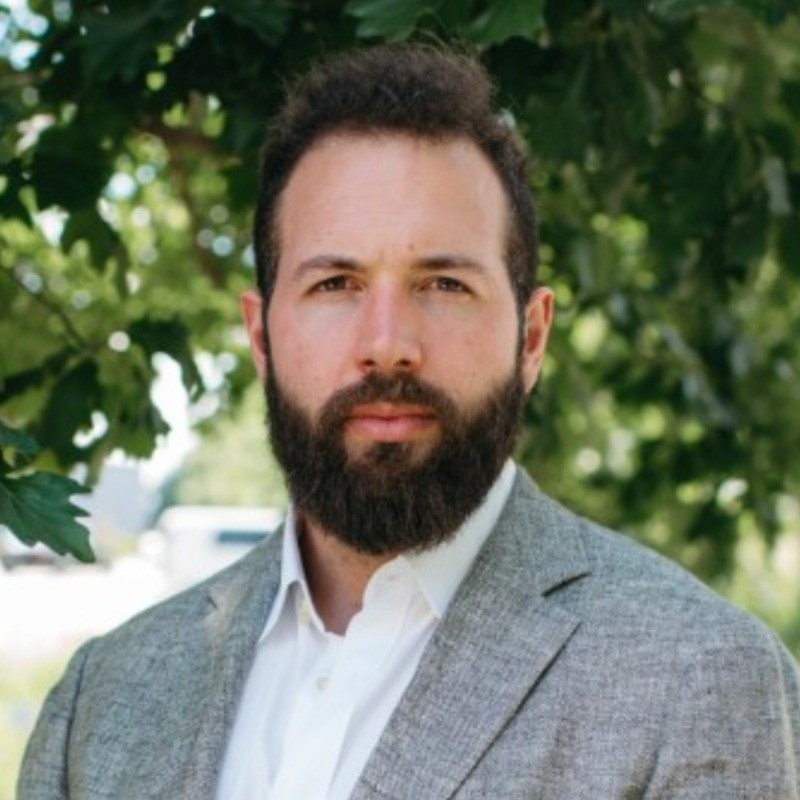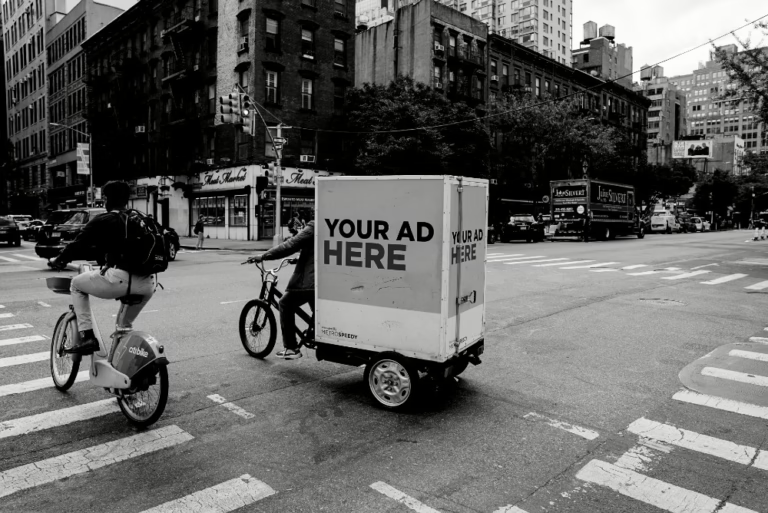Your TikTok campaign ended three weeks ago, but people are still converting from it today. Your podcast sponsorship from last quarter is still driving branded searches. Your influencer collaboration from six months ago continues to influence purchase decisions.
This should all be great news.
Marketing effects don’t just stop when you turn off the spend. They decay—but not in the predictable, uniform way most attribution models assume.
The marketing half-life myth
Most attribution platforms treat marketing decay like radioactive elements—predictable half-lives where effects diminish at constant rates. Spend $10K on Facebook, get immediate impact, then watch it fade by 50% each week until it’s gone.
Clean. Simple. Completely wrong.
Real marketing decay is messy. Your YouTube awareness campaign might have a slow burn that builds for weeks, peaks at month two, then gradually fades over six months. Your retargeting campaigns might spike hard and die fast. Your brand campaigns might create effects that last years.
Using the same decay assumptions for all channels is like assuming all medications work the same way in your body.
The eighth law of marketing
The effects of your marketing spend decay over time but not always at a constant rate and not in a vacuum.
Different campaigns fade at different speeds, and their decay is influenced by everything else happening in your marketing ecosystem. Understanding these patterns determines whether you’re making smart long-term budget decisions or just reacting to last week’s data.
Your marketing doesn’t decay in a vacuum—it decays in a competitive environment. If your competitor floods the market right as your campaign effects are fading, your decay accelerates. If they pull back during your peak impact period, your effects might linger longer than expected.
Smart marketers track not just their own decay patterns but also industry advertising patterns. They know when to extend campaigns because competitors are quiet and when to refresh creative because the market is saturated.
The fast-decay trap
Some marketing effects hit hard and fade fast. Your flash sale email converts immediately but has no lasting impact. Your retargeting campaign drives conversions for days, then drops off completely when people either buy or tune out.
Marketers who only see these immediate effects assume all marketing works this way. They optimize for quick hits and miss the compound effects that build sustainable growth.
Performance-focused brands keep falling into this trap. They’ll cut spend on awareness campaigns because it doesn’t show immediate returns, not realizing that awareness effects decay slowly and compound over time. Three months later, they’re wondering why their conversion campaigns are getting more expensive.
The slow-burn reality
Other marketing effects take time to build and fade gradually. Your podcast sponsorship might not drive conversions for weeks, but once it starts working, the effects linger for months. Your content marketing builds authority slowly but creates lasting brand equity.
Traditional attribution misses these slow-burn effects entirely. By the time they show up in your data, most platforms have already attributed the conversions to other channels. You end up undervaluing your best long-term investments.
A skincare brand might sponsor a wellness podcast in January. The effects build through February and March as the audience gradually becomes aware of the brand. Peak impact happens in April. But the mental availability created by that sponsorship continues driving conversions through the rest of the year.
The interaction effect
Here’s where decay gets really complex: marketing effects don’t fade in isolation. Your podcast sponsorship decay rate changes based on what other marketing you’re running simultaneously.
If you launch a complementary YouTube campaign while the podcast effects are still strong, you might extend and amplify the original decay curve. Stop all awareness marketing, and everything fades faster. Layer in retargeting, and you can reactivate decaying awareness effects.
This is why brands that understand decay patterns know when to double down on channels showing strong lingering effects and when to introduce new channels to refresh decaying impacts. They understand that they can create compound effects by timing campaigns strategically.
The strategic decay advantage
While your competitors assume linear decay and make budget decisions based on last month’s performance, brands that understand Law #8 are building sustainable competitive advantages.
They know which channels to refresh before effects fully decay. They understand when to layer complementary campaigns to extend impact. They can predict when past marketing investments will stop contributing to current performance.
This knowledge transforms budget planning from reactive guesswork into strategic forecasting.
The decay intelligence you need
This is why Prescient tracks decay patterns for each channel and campaign individually, showing you how long effects linger and how they interact with other marketing activities. We don’t assume uniform decay because marketing doesn’t work that way.
You can see exactly when campaign effects peak, how long they last, and what factors accelerate or extend their impact. This intelligence helps you time new campaigns strategically and avoid cutting spend just as effects are about to compound.
Understanding Law #8—that campaigns decay at different rates—protects you from premature budget cuts, but there’s one final element that makes marketing measurement even more complex. Because your marketing doesn’t just interact with itself—it operates in a world full of external forces that can amplify or undermine everything you do.
Next week, we’ll explore Law #9 and why unbiased measurement across channels is the only way to avoid false conclusions about what’s really driving your growth.

Cody Greco is the co-founder and CTO of Prescient AI. He conducts the independent research that makes up the foundation of Prescient AI’s proprietary MMM, building our model from scratch based on marketing dynamics in the real world and reporting marketers need to know to optimize their paid media spend. He blogs about MMMs on his own website and guest lectures at universities when he isn’t coding a new feature. Before Prescient, he established and scaled Grubhub’s research science team and went on to lead their global machine learning organization. Cody holds a B.S. in Operations Research from UCSD and M.S. in Computer Science from Georgia Tech.

